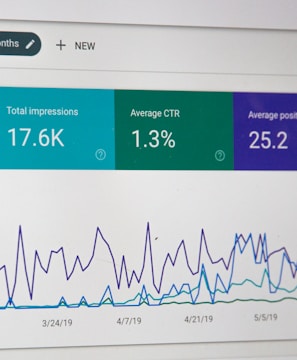Get reliable and secure website hosting solutions
Building a website with HTML and CSS is a foundational skill for web developers, allowing for the creation of structured and styled web pages. This guide will walk you through the basics of building a website and ensuring it looks great and functions properly across all browsers and devices.
### Step 1: Understanding HTML and CSS
HTML (HyperText Markup Language) is the standard markup language used to create web pages. It provides the structure of the page, allowing you to define elements such as headings, paragraphs, links, and images.
CSS (Cascading Style Sheets) is used to control the presentation, formatting, and layout of a website. It enables you to style your HTML structure, defining how elements should appear on the screen.
### Step 2: Setting Up Your Environment
Before you start coding, you need to set up a development environment. This involves choosing a text editor or integrated development environment (IDE) where you can write your code. Popular choices include Visual Studio Code, Sublime Text, and Atom. You'll also need a web browser to view your website—Google Chrome, Mozilla Firefox, and Safari are common options.
### Step 3: Creating Your First HTML Page
1. Create a new file and save it as `index.html`. This will be the main page of your website.
2. Add the basic HTML structure. An HTML page starts with a `<!DOCTYPE html>` declaration, followed by an `<html>` element that contains a `<head>` and a `<body>`:
```html
<!DOCTYPE html>
<html>
<head>
<title>Your Website's Title</title>
</head>
<body>
<h1>Hello, World!</h1>
<p>Welcome to my website.</p>
</body>
</html>
```
3. View your page by opening the `index.html` file in a web browser. You should see a page with a heading and paragraph text.
### Step 4: Adding Style with CSS
You can add CSS directly within your HTML file, link to an external stylesheet, or use a combination of both methods. For better organization, using an external stylesheet is recommended.
1. Create a CSS file named `style.css`.
2. Link your CSS file to your HTML by adding the following line in the `<head>` section of your `index.html`:
```html
<link rel="stylesheet" href="style.css">
```
3. Add styles in your `style.css`. For example, to change the background color and text alignment:
```css
body {
background-color: #f0f0f0;
text-align: center;
}
```
4. Refresh your browser to see the changes.
### Step 5: Expanding Your Website
As you become more comfortable with HTML and CSS, you can start adding more pages, images, links, and navigation to your website. Remember to keep your files organized and use consistent naming conventions.
### Step 6: Testing Across Browsers and Devices
Ensuring your website works across all browsers and devices is crucial. Here’s how to test effectively:
1. Use responsive design: Make sure your website uses responsive web design principles to ensure it looks good on all screen sizes. This often involves using CSS media queries to adjust styles based on the device's characteristics.
2. Test on multiple browsers: Manually test your website on different browsers (Chrome, Firefox, Safari, Edge) to ensure compatibility. Pay attention to how CSS and JavaScript behave across these platforms.
3. Use developer tools: Modern browsers come with developer tools that allow you to emulate different devices, helping you see how your website looks on various screen sizes without needing the physical devices.
4. Consider using online testing tools: Platforms like BrowserStack, CrossBrowserTesting, and LambdaTest allow you to test your website across a wide range of browsers and devices without having to install them.
5. Validate your code: Use the W3C Markup Validation Service and CSS Validation Service to check for errors in your HTML and CSS.
6. Gather feedback: Ask friends or colleagues to test your site on their devices and browsers. They might catch issues you overlooked.
7. Continuous testing: Web standards and browsers are always evolving. Regularly test and update your website to ensure compatibility.
By following these steps, you'll be well on your way to creating a functional and visually appealing website. Remember, web development is a process of continuous learning and improvement. Don't be afraid to experiment with new ideas and technologies as you expand your skills.


I've been using Nate Legakis LLC for my website hosting and design needs and I couldn't be happier. Their team is professional and knowledgeable, and they always deliver exceptional results.
Customer Reviews


Nate Legakis LLC has helped me improve my website's SEO and increase my online visibility. Their expertise and attention to detail have been invaluable to my business.


I highly recommend Nate Legakis LLC for anyone looking for reliable website hosting services. Their customer support is top-notch and their servers are fast and secure.







